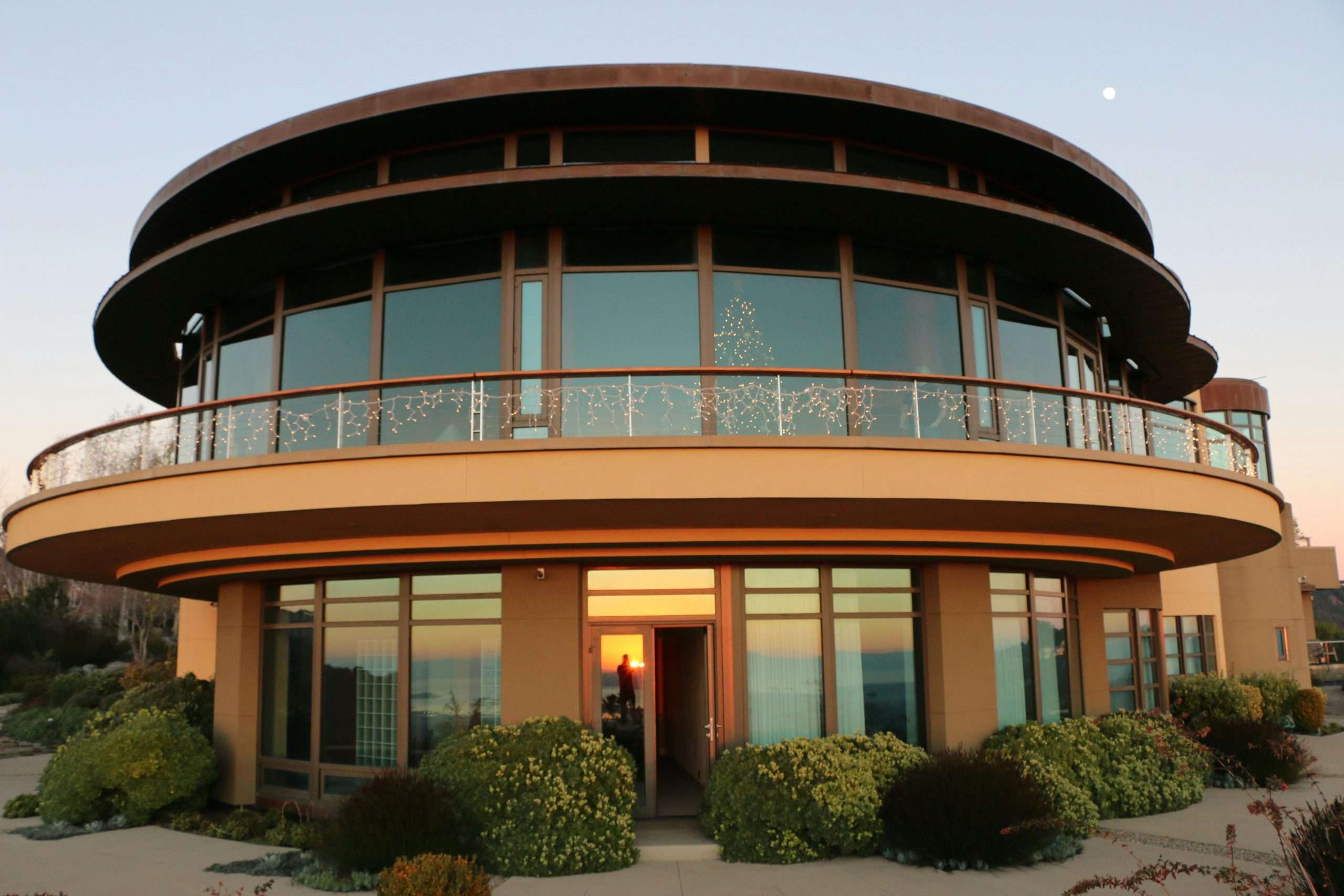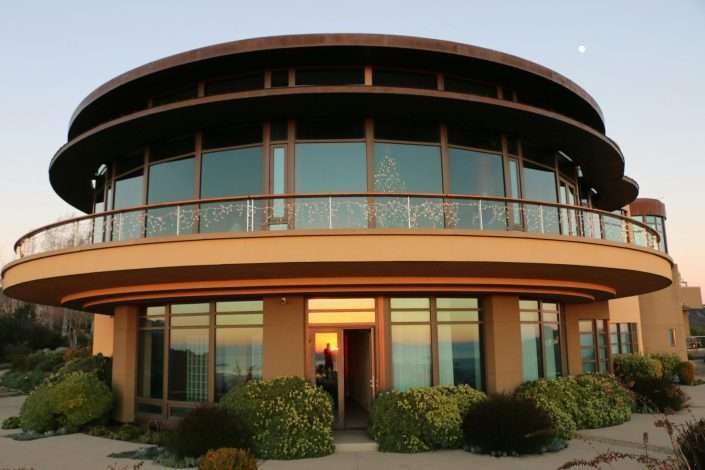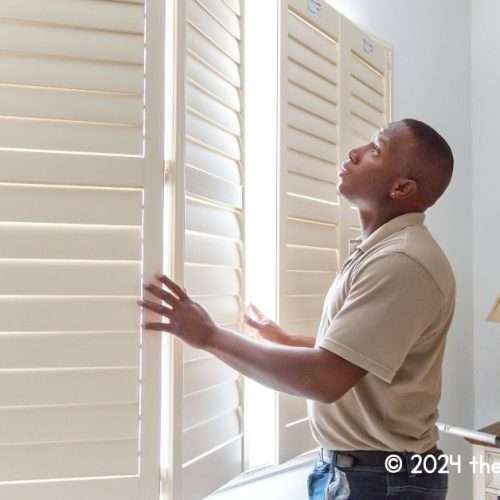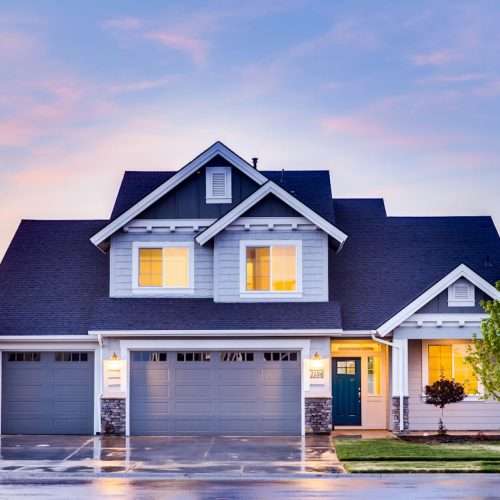Do unpredictable energy bills drive you crazy? If yes, read on.
One of the best and most proven ways to reduce your home’s energy consumption and save big bucks in the long run is to start an exterior remodeling project. These renovations not only promote sustainable living but also help boost your home’s value.
For instance, if you live in a competitive housing market like Chicagoland, an average home sells for about 1% below the list price, whereas a hot home or a well-maintained house sells for about 2% above the list price. Moreover, with hot summers and cold winters, which are occasionally snow, an energy-efficient home can result in great savings.
So, if you have tried everything in the hope of curbing excessive energy waste but haven’t been able to reduce your energy consumption, below are five of the most recommended exterior home remodeling solutions that will not only reduce your energy bill but also enhance your home’s curb appeal.
Roof Replacement
Nothing defines your home’s exterior and helps reduce energy consumption quite like the roof. In fact, it is the first line of defense for all weather conditions, especially if you live in a region like Chicagoland with a typically continental climate. While a roof replacement project can be a costly endeavor, all you need is to hire the right Chicagoland roof replacement company, and you can rest assured your brand-new roof will last you 25 -30 years without difficulty.
Remember, quality roofing is one that provides protection from the elements, has a pleasing appearance, matches your siding, and acts as the first layer of insulation for the interior of your house. Thus, many people go with asphalt shingles that are less expensive but provide sufficient insulation. Moreover, you may go with synthetic shingles that come with a multitude of advanced protective features like increased UV protection, compact design, and fire resistance that help prevent energy consumption by maintaining indoor temperature and damage from heavy precipitation.
Also, to make your roof even more energy efficient, always choose light colors for your roof that help reflect most of the sun’s energy away from your home.
Quality Siding
The condition and quality of a home’s siding are other important factors that can hinder or help improve your home’s energy efficiency. Since no part of your house’s exterior is free from weather damage, siding is no exception. It is common in many homes that heat energy escapes through cracks, holes, and gaps in siding, majorly due to aging or weather.
Thus, just like your roof, you should also ensure getting the siding inspected by a professional and replacing it if needed. Also, always choose light colors for your siding to avoid excessive heat absorption, making your home warmer. Similarly, many siding materials have unique insulation value, so work with a specialist and pick the siding material and color that helps keep the energy costs down.
For instance, you can improve energy efficiency by selecting a global recyclable siding product. Alternatively, you may go with fiber cement siding materials that come in a range of custom styles and can be tactfully paired with your roofing style and window trim to create a classy finish.
Energy-Efficient Windows
Outdated windows are not just an eyesore but can also have drafts and leaks that may cause almost 10% of energy loss from your house. Thus, when you plan to combat energy loss, it is critical to consider replacing worn-out windows with new energy-efficient ones. These windows are designed to reduce pressure on your HVAC system and ensure that your air conditioner and furnace last longer.
Moreover, there is a range of designs and styles available that are specifically designed and constructed to conserve energy. For instance, some of the great features of energy-efficient windows include double or triple-pane glass, low-emissivity coatings that reflect infrared light, and quality frame materials like clad wood, vinyl, or fiberglass.
Moreover, they have gas fillings between the panes to increase insulation and spacers or strips of foam, metal, or plastic that support, separate, and seal the panes, helping you improve your home’s energy efficiency.
Update the Front Door
Replacing the front door is a simple solution. Ignoring a drafty doorway may cause significant energy loss, totaling up to 15% or more. It can also waste energy through conduction if uninsulated, old, or improperly air-sealed or installed. Thus, replacing the front door is another great way to increase the energy efficiency of your house and can be done over the weekend.
However, before undertaking this remodeling project, make sure to choose only the right door material. For instance, materials that meet the Energy Star requirements perform better than ordinary doors. With a proper entry system, the insulated doors are mounted within a frame, including interlocking weather-stripping that helps prevent air leakage, keeping your home’s temperature more comfortable and consistent year-round.
Similarly, aluminum, fiberglass, and wood are the most preferred materials for entrance doors.
Install a Skylight
Adding a skylight is not just a beautiful addition aesthetically, but it also benefits your lifestyle by allowing sunlight and reducing energy consumption significantly. Skylights or sun tunnels allow precious natural sunlight into your house, providing warmth throughout the day and allowing you to turn down the thermostat.
Similarly, during summertime, you can easily keep the heat out while enjoying the sunlight by opting for reflective skylight coatings and windows, which are easily available on the market. Skylights are highly energy efficient because they are made of various glazing technologies, including insulated glazing, heat-absorbing tints, low-emissivity coatings, or translucent insulation material between different glazing layers.
This helps keep the indoor temperature comfortable and consistent regardless of the weather while reducing the use of the HVAC system and, thus, helping reduce your energy bills.
The Final Words
The exterior of a house plays a significant role in making it energy efficient and protecting the interior of your home. Thus, remodeling your home’s exterior is a long-term investment that can keep your house looking its best while helping you save huge amounts of money in the long run. So, if your home is in need of exterior renovation, follow the above-shared ideas, examine all possibilities, and opt for ones that best suit your preferences and needs while significantly reducing your energy bills. Good luck.






